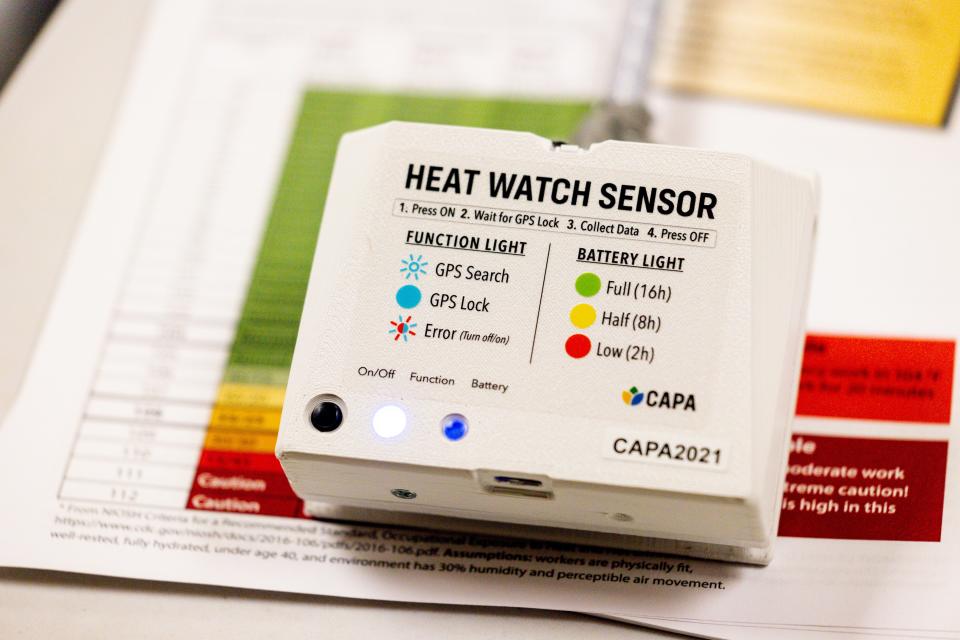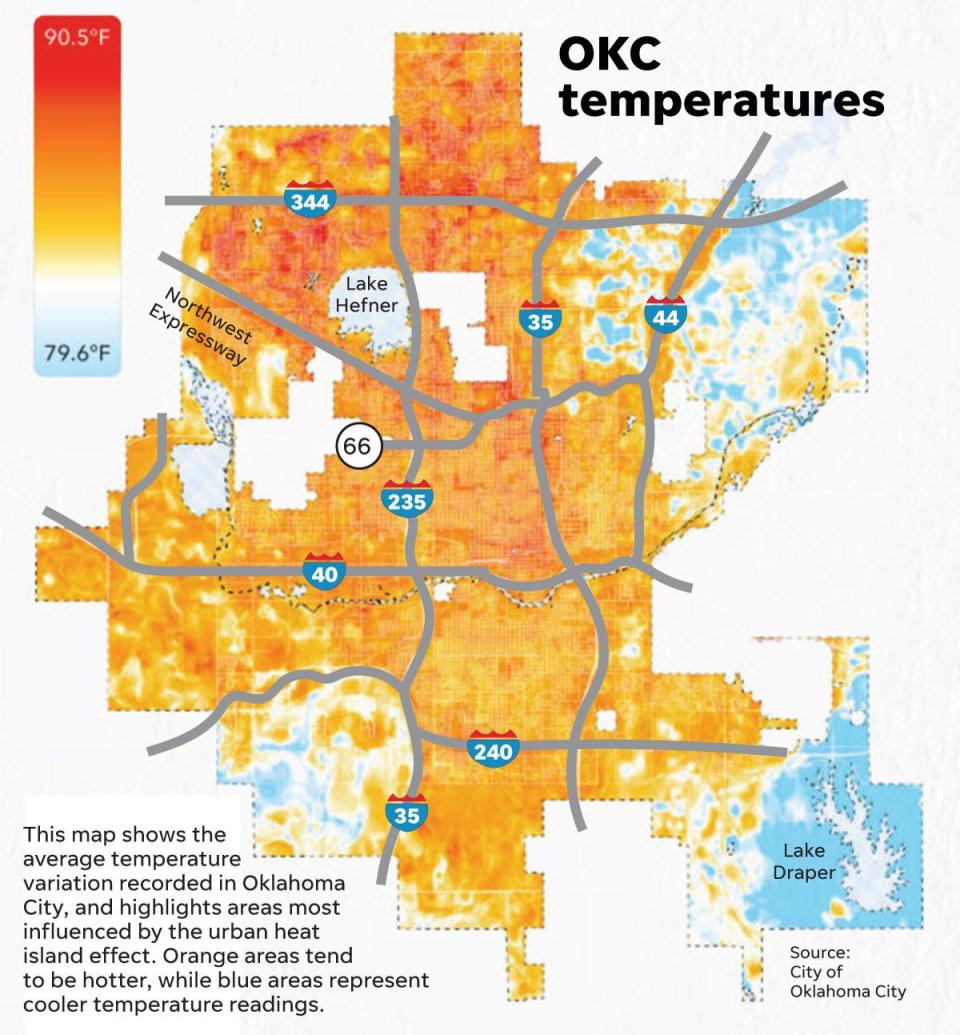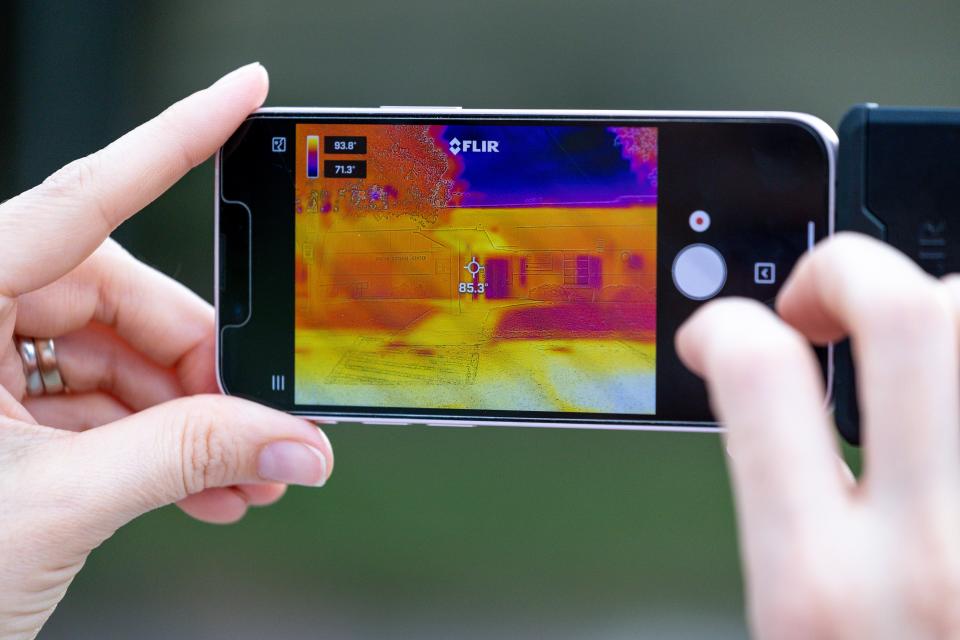Where are OKC's hottest neighborhoods? City's urban heat island survey points to hot spots
As summertime temperatures approach, Oklahoma City has renewed a conversation about a project undertaken last year to measure the "urban heat island" effect.
In August 2023, dozens of volunteers set out across the city to measure air temperature, air quality and humidity data. The results came in after a few months, showing a need to reduce densely packed neighborhoods without tree cover, but implementing mitigation efforts will take years, officials say.
According to the U.S. Environmental Protection Agency, the urban heat island effect raises temperatures in areas with dense concentrations of pavement, buildings and other surfaces that retain heat. These higher temperatures affect utility costs, air pollution and heat-related illness.
A map released by city officials shows which parts of Oklahoma City are most affected. It reveals that neighborhoods north of Interstate 44 tend to be hotter, while predominantly tree-covered and less developed areas are cooler.
The EPA previously estimated the heat island effect can raise temperatures by up to 7 degrees. Sarah Terry-Cobo, associate planner with Oklahoma City's Office of Sustainability, said OKC's study showed a nearly 15-degree temperature spread between the hottest and coolest areas of the city.
One aspect of this study was surprising, Terry-Cobo said. As expected, downtown Oklahoma City tended to be warmer in the morning because of latent heat from the previous day. But in the nearby Mesta Park neighborhood that has lots of trees and relatively large parcels of land, morning temperatures were higher than expected.
"I was really kind of surprised to see that it was relatively hot in the morning time, which can be an effect of downtown (heating)," she said.

What can the city do to reduce heat islands?
The heat-mapping survey led to a series of recommendations by CAPA Strategies, an organization that helped the city analyze the results.
The most widely recognized way to mitigate heat is by planting trees and preserving existing ones. Other communitywide improvements would be to move toward more reflective roofs and lighter-colored pavement, add structures meant to create shade and encourage more open spaces.

To reduce the effects of higher temps in individual buildings or homes, CAPA recommends energy efficiency upgrades, good insulation and maximizing air flow throughout a structure.
The city's Office of Sustainability hopes to present the survey results and recommendations to the Oklahoma City Planning Commission this summer.
Some recommendations are easier than others. Terry-Cobo said that while planting trees are generally popular and well-received by the public, it's not an ideal short-term fix.
"It's going to take 15 to 20 years for that benefit to really have its full effect," she said.
If you want to plant trees to cool off your yard, make sure to get the right kind, particularly those that offer shade canopies. Terry-Cobo said neighborhoods near Lake Hefner have lots of trees, yet the data shows these areas tend to be warmer.

"They are, in many cases, landscaping trees. They're trees to create a wind break and to make things look nice, but they don't have the large, continuous canopy that's going to absorb the heat that we see in some of these other neighborhoods," she said.
This article originally appeared on Oklahoman: Urban heat islands: What areas of OKC need infrastructure to cool off?

